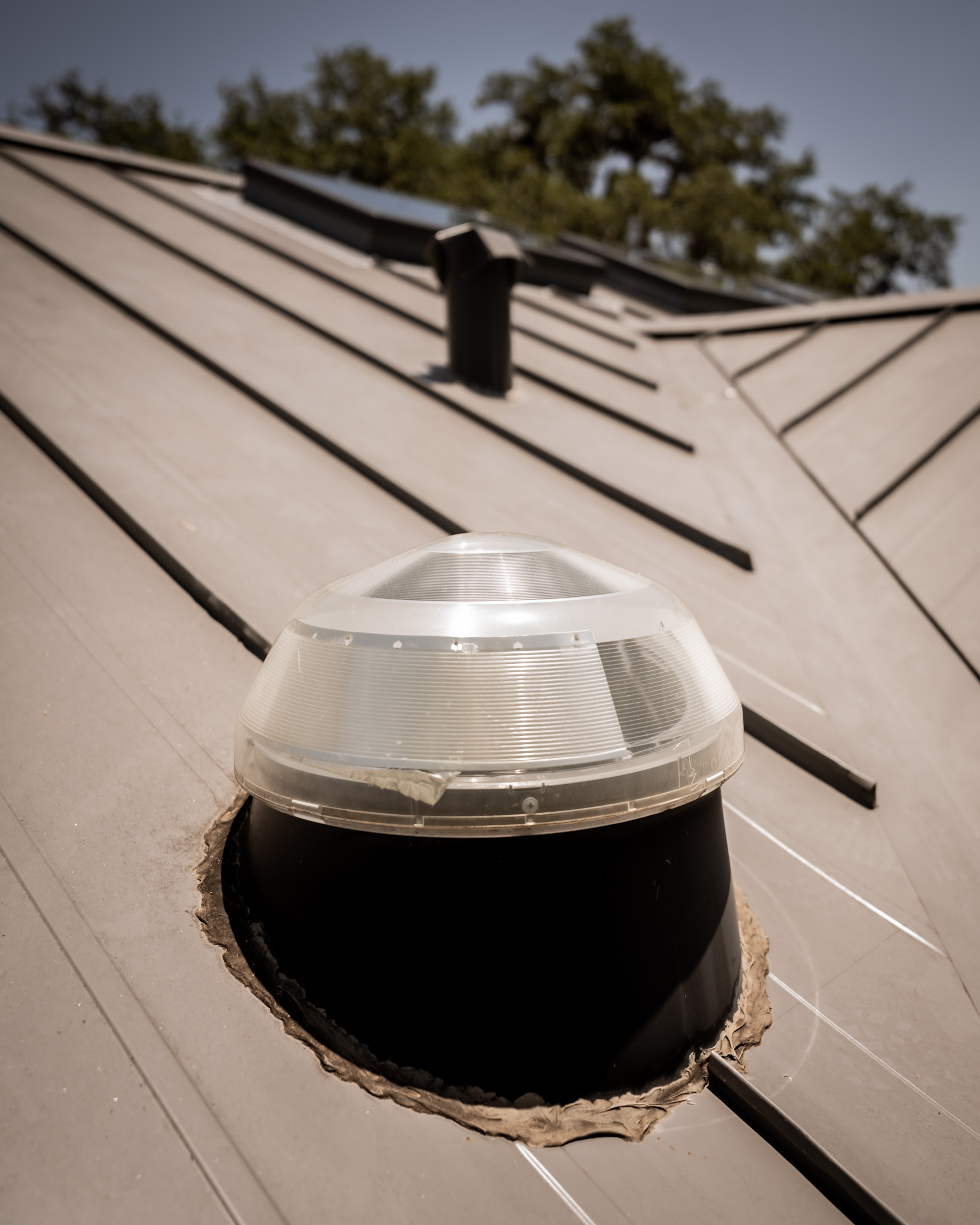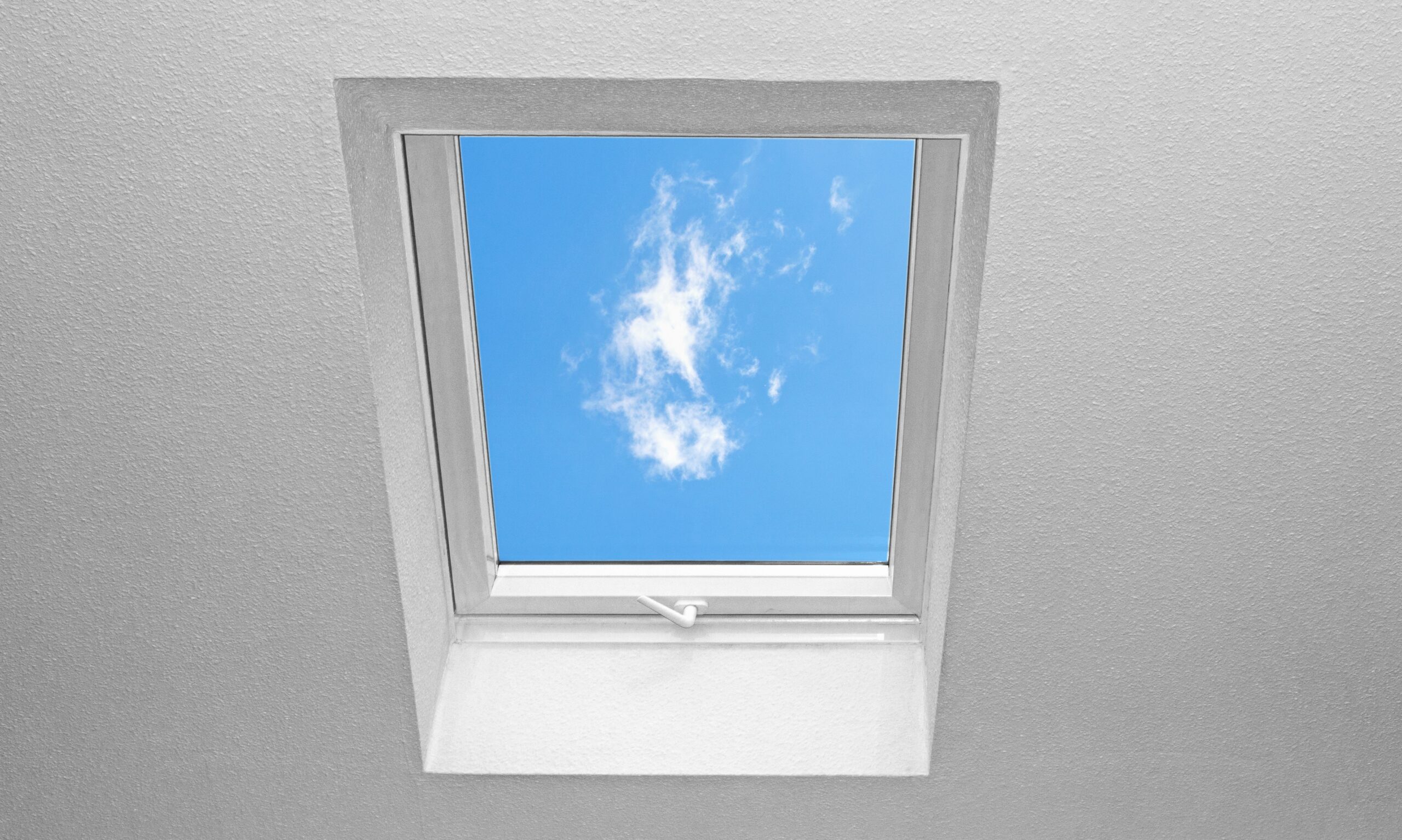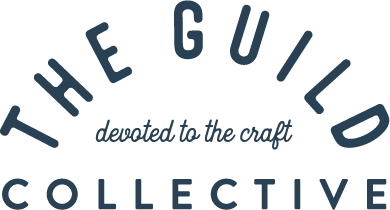Tubular skylights continue to be a favored option among homeowners, thanks to their energy efficiency, straightforward installation process, and capacity to illuminate areas beyond the reach of traditional skylights. By carefully evaluating these advantages and disadvantages and taking your unique lighting requirements into account, you can make an informed decision about whether tubular skylights are the perfect fit for your home.
.png)
While tubular skylights offer numerous benefits, there are also a few potential drawbacks to consider:
Limited Light Coverage: Tubular skylights are generally designed to provide natural light to a specific area or room. The light they bring in may not be sufficient to illuminate larger spaces, such as open-plan areas or large living rooms. Multiple tubular skylights may be required to adequately light larger areas, which can increase installation costs.
Dependent on Sunlight: Tubular skylights rely on sunlight to provide illumination. Therefore, their effectiveness is dependent on the availability of sunlight. During cloudy or overcast days, the amount of natural light entering through the skylight may be significantly reduced.
Inability to Open or Ventilate: Unlike some traditional skylights, tubular skylights are typically fixed and do not offer the ability to open or provide ventilation. This limitation may restrict airflow in the room, especially in areas where natural ventilation is desired, such as bathrooms or kitchens.
No Direct View: Unlike traditional skylights, tubular skylights do not offer a direct view of the sky or outside scenery. They transmit light through a reflective tube, which can be a drawback for those seeking an unobstructed view.
Potential Heat Gain: Tubular skylights can allow heat to enter the room, particularly if they are not equipped with adequate insulation or thermal barriers. This heat gain can be more noticeable during hot summer months and may require additional cooling measures to maintain a comfortable indoor temperature.
Restricted Placement Options: Tubular skylights require a clear path between the roof and the desired interior location, which may limit their placement options. Obstructions such as HVAC systems, structural elements, or attic spaces can hinder or complicate the installation process.
Maintenance Challenges: While tubular skylights generally require minimal maintenance, they can accumulate dirt, dust, or debris over time. Depending on the location of the skylight and accessibility, periodic cleaning of the dome or lens may be necessary to ensure optimal light transmission.
Cost: While tubular skylights are generally more affordable than traditional skylights, high-quality tubular skylights with advanced features may come with a higher price tag.
Traditional Skylight vs Tubular Skylight
Despite these drawbacks, tubular skylights remain a popular choice for many homeowners due to their energy efficiency, ease of installation, and ability to bring natural light to areas that traditional skylights cannot reach. Weighing these pros and cons and considering your specific lighting needs will help you determine whether tubular skylights are the right choice for your home. Consulting with a skylight professional can also provide valuable insights and guidance tailored to your unique situation.
It’s important to carefully evaluate these potential drawbacks in relation to your specific needs and preferences. Consider going to our website and scheduling a free in-home consultation today.





